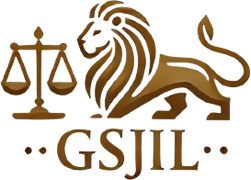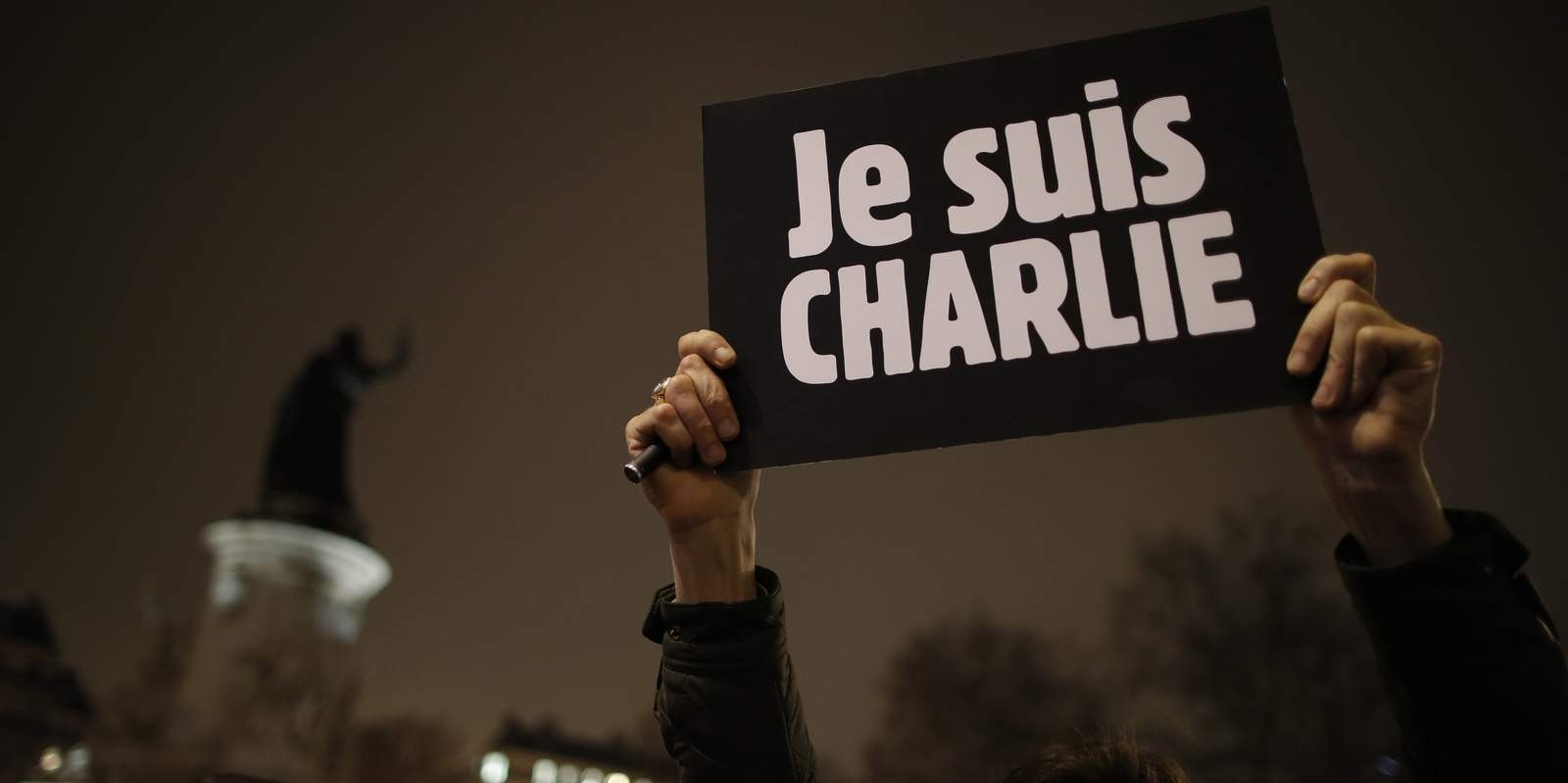Charlie Hebdo is now a well-known French satirical weekly magazine, which received world-wide reaction in every possible respect for the last five years, specifically due to its controversial caricatures of Prophet Mohamad. These were the alleged cause of the violent bomb attacks in Paris in November 2015 and the magazine recently dominated the headlines again when these caricatures were republished.
The caricatures sparked mass protests over the Muslim world, who think that the magazine incites provocation and disrespect for the most important Islamic value. French president Macron, on the other hand, underlined the French understanding of la liberté d’expression and endorsed the importance of the French society that upholds these values. For most of the Muslims, the caricatures infringe their right to freedom of religion, thought and conscious.
Both of these rights, “freedom of religion” and “freedom of expression” are guaranteed by the European Convention on Human Rights respectively in Article 9 and Article 10. All EU members in addition to countries like Turkey and Russia are parties to the Convention and European Court of Human Rights is the competent regional court to rule on human rights violations. According to the Court “freedom of expression…is applicable not only to ‘information’ or ‘ideas’ that are favourably received or regarded as inoffensive or indifferent, but also to those that offend, shock or disturb the State or any sector of the population. Such are the demands of that pluralism, tolerance and broadmindedness without which there is no “democratic society.”[1]
This is why the right to freedom of expression cannot be limited on the sole basis that it is disapproved and regarded offensive by a certain part of the society. In particular relation to artistic expressions, the Court held in Eon v. France that “satire is a form of artistic expression and social commentary with a natural intention to provoke. This is why an interference with the right of an artist to express himself in this way must be examined with particular attention”[2]
On the other hand, the same Court ruled on many occasions that the right to freedom of expression can be restricted in the event of infringing another right guaranteed by the Convention, like freedom of religion. It specifically held that “It may be considered necessary to punish improper attacks on objects of religious veneration” [3]
The Court has not yet had an opportunity to deal with the conflict of freedom of expression and religion on the case of Charlie Hebdo, but it did have on a very similar case against Turkey, namely İ.A. v. Turkey.
Mr. İ.A. is a director of a publishing house which published a novel named “Yasak Tümceler” (“The Forbidden Phrases”) which was a composition of theological reflections. The novel included erotic depictions of Prophet Mohamad and his wife Aisha in the context of revelations in the holy book of Muslims, the Quran.[4] The author also “describes religious faith as a ‘desert mirage’, a ‘primitive idea’ and ‘desert ecstasy’, and religious practices as ‘the primitivism of desert life.” The director and the author were imposed a fine by the Turkish authorities. The Court held that their right to freedom of expression was not violated and the government striked a fair balance between “the conflicting interests of the exercise of two fundamental freedoms, namely the right of the applicant to impart to the public his views on religious and the right of others to respect for their freedom of thought, conscience and religion”. It stated that freedom of expression brings along “duties and responsibilities” [5]which include “a duty to avoid expressions that are gratuitously offensive to others and profane”[6] According to the Court, although freedom of expression protects offensive and shocking ideas, the depictions of Prophet Mohamad does not only concern “comments that offend or shock, or a “provocative” opinion, but also an abusive attack on the Prophet of Islam.”[7] Thus, the imposition of a fine “was intended to provide protection against offensive attacks on matters regarded as sacred by Muslims.”[8]
The Court had a similar approach in Otto-Preminger-Institut v. Austria, where distorted scenes of Jesus and Saint Mary on a movie filmed by the Otto -Preminger-Insitut was banned[9] as well as in Wingrove v. UK where depictions of the wounded body of Christ was depicted erotically,[10] stating that there had been excessive attacks on the religious feelings of the Christian population.
However, the judgement on I.A. v.Turkey was held by four votes to three so it sparked controversies among the very judges of the Court, let alone the international community. Those who dissented to the judgement stressed that it is time for the Court to take seriously the constantly reiterated finding that “freedom of religion encompasses ideas that are offensive to a part of the society”[11] and that this approach of the Court “places too much emphasis on uniformity of thought and is a timid conception of freedom of the press.”[12]
The European Court of Human Rights has been as divided as the rest of the world on the issue of the clash of freedom of religion and freedom of expression but it can be said that it tilted slightly in favor of the former in the case of insult and blasphemy to an important religious figure.
Image: T24
Sources:
[1] ECHR, Handyside v. United Kingdom (07.12.1976) para.49.
[2] ECHR, Eon v. France (14.06.2013) para.60. (see also: Vereinigung Bildender Künstler v. Austria, no. 8354/01, § 33, 25 January 2007, Alves da Silva v. Portugal, no 41665/07, § 27, 20 October 2009, and mutatis mutandis, Tuşalp v. Turkey, nos 32131/08 and 41617/08, § 48, 21 February 2012)
[3] ECHR, I.A. v.Turkey, (13.12.2005), para.24.
[4] ECHR, I.A. v.Turkey, (13.12.2005)
[5] Id. Para.24
[6] Ibid. (see, for example, Otto-Preminger-Institut v. Austria, judgment of 20 September 1994, Series A no. 295-A, pp. 18-19, § 49, and Murphy v. Ireland, no. 44179/98, § 67, ECHR 2003-IX).
[7] Id. Para.29.
[8] Id.para.30
[9] Otto-Preminger-Institut v. Austria (judgment of 20 September 1994, Series A no. 295-A)
[10] Wingrove v. the United Kingdom (judgment of 25 November 1996, Reports of Judgments and Decisions 1996-V)
[11] ECHR, I.A. v.Turkey, (13.12.2005) Joint Dissenting Opinion Of Judges Costa, Cabral Barreto And Jungwiert, para.1.
[12] ECHR, I.A. v.Turkey, (13.12.2005) Joint Dissenting Opinion Of Judges Costa, Cabral Barreto And Jungwiert, para.8.





